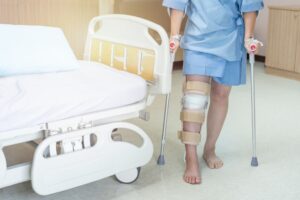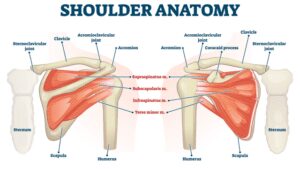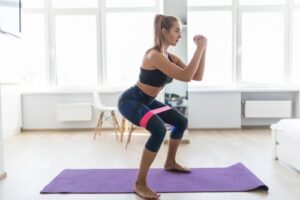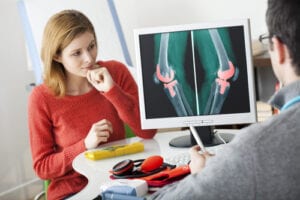Oftentimes it’s WELL before you lose the tread pattern on the bottom of your shoe. Your foot shape, degree of stiffness, arch height, and foot strength all play a role in the optimal shoe for your foot.
First, lets take a look at the functions of Foot:
-Adaptation
-Shock absorption
-Torque conversion
Next, lets examine our own feet:
Take a look at the inner border of your foot, also known as your arch. Is it flat? Does it have a larger curve or dome? Feet that are “flatter” run the risk of absorbing too much force from the ground as your walk, run, jump, etc, and can lead to increases stress on the muscles, tendons, and ligaments around the foot and ankle. A foot that has a high arch, or a “rigid” foot, runs the risk of absorbing too little force, and can lead to injuries at the knee and hip, as the forced from impact are transmitted high up the leg. Ideally, the feet should be able to spread and flatten with impact, and also be able to act as a rigid lever to push off from in walking and running. Both pronation and supination are normal qualities of a healthy foot.
How do we determine if our feet are too flat or too rigid?
When you stand, your arch should flatten, but maintain some space between the arch and the ground. If your foot becomes completely flat without any visible arch, it’s possible you could benefit from a stability shoe that helps create and support an arch in your foot.
If your arch remains high when you stand and there is a large gap between the center of your arch and the floor, you may benefit from a cushion shoe. This will fill the space in your arch and helps disperse the forces from impact.
Feet are complicated. Just because you have a flat arch for example, doesn’t mean your whole foot is necessarily “loose.” You can have a flat arch, and at the same time be very stiff in certain joints (the junction of one bone to another) throughout the foot. In this case, seeing a physical therapist to determine which joints are restricted and mobilize those joints would be necessary before being able to comfortable tolerate a stability shoe. Developing muscle strength can also help stabilize a flatter arch without having to rely on stiff orthotics or arch supports which can be uncomfortable.
Your footwear should fit the shape of your foot and offer the correct amount of cushion/stability. If you want to learn about the best shoe for YOUR foot, stop into Beat Physical Therapy for an evaluation







